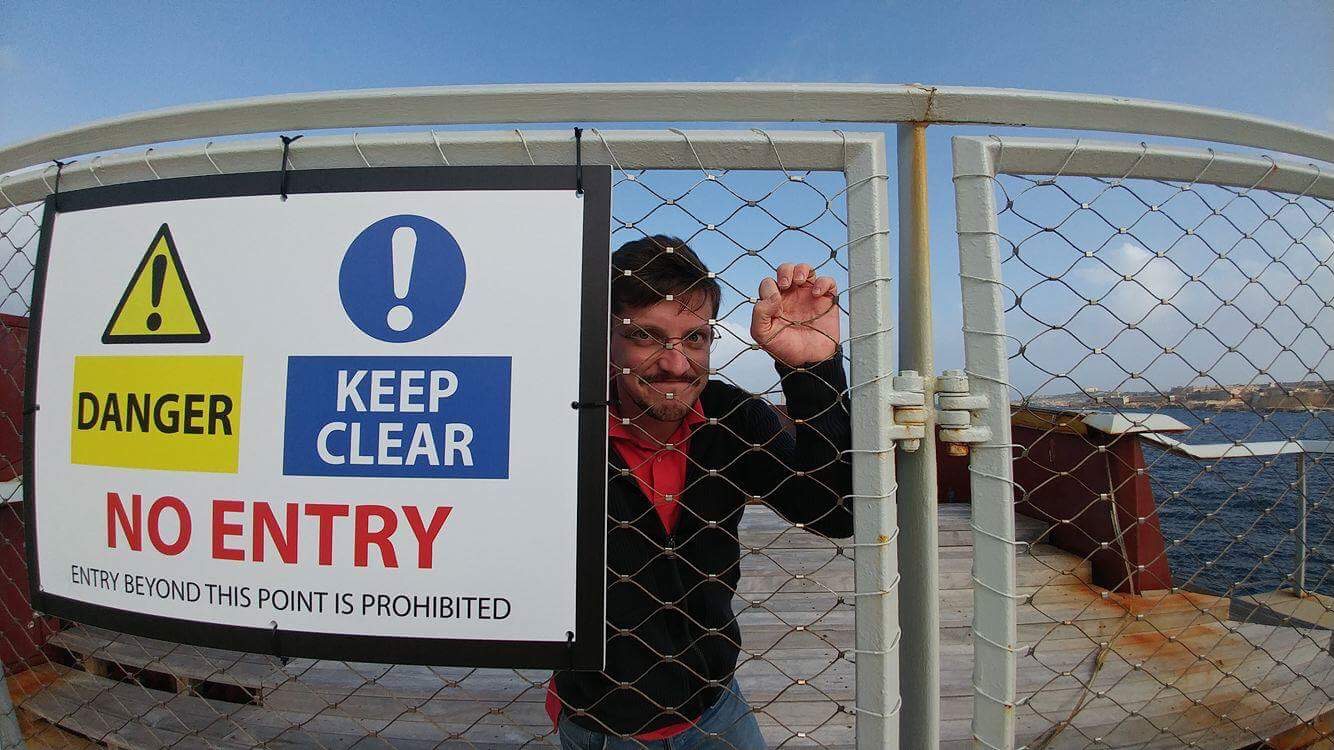Shining a light on graffiti's rebel underground
- Text by Cian Traynor
- Photography by The Grifters

Early one Monday morning, in May 2014, police raided the Parisian apartment of a man called Good Guy Boris.
An anti-graffiti task force decided to make an example out of him for his role in documenting a culture of ‘trespassing and vandalism’.
After three days of questioning, Boris was held for four months in Europe’s largest prison – Fleury-Mérogis – awaiting trial.

But the experience allowed him to reflect on the path leading up to that point and where it would likely take him next.
“I managed to turn it into something positive,” he says now. “I trained my body and mind so that I would leave there twice as strong and twice as motivated.
“If this hadn’t happened, many good things would never have followed, so I really took the experience as a part of my journey.”


It started it Bulgaria, when a 12-year-old Boris first picked up a spray can and drew the local football club’s name surrounded by penises.
His father – a strict man who had instilled in him the value of honesty and hard work – decided not to punish him that day, leaving Boris room to explore a new creative outlet.
“Even though, where I come from [graffiti] pieces have a much longer lifetime than elsewhere in Europe, I was aware that my creations were ephemeral,” he says. “Therefore in order to preserve the memory, I started to photograph them.”


At first it was just pictures of stuff that he and his friends made, but gradually he focused more on the action and atmosphere – finding it so fascinating that he gave up writing to focus entirely on documentation.
It didn’t take long before Boris took things to another level. By the age of 14, he was working for his dad’s business and, within a year, left home to strike out on his own.
“My obsession with graffiti and art in general drew me to work on different projects – one of them was a magazine that I curated and designed myself,” he says.


“The advertising agency who published it loved my hustle and I quickly started working for them, which was enough to learn 3D animation as well as master my design, photography and video production skills.”
That helped Boris land a job as a 3D designer for an architectural company… but it went bust within six months, inspiring him to launch his own enterprise instead.
At the time, Boris explains, the media took no notice of the culture surrounding street art.
It was a still long way from being considered fashionable, embraced by big brands, and the teenager found it hard to get his reportage taken seriously by publications.


Photo by Thomas Von Wittich.
You might like

Director Steve McQueen explores life under occupation
Steven McQueen provides a haunting examination of Amsterdam under Nazi occupation in contrast to its present in his documentary adapted from Bianca Stigter's book of the same name.

Why Katy Perry’s space flight was one giant flop for mankind
Galactic girlbossing — In a widely-panned, 11-minute trip to the edge of the earth’s atmosphere, the ‘Women’s World’ singer joined an all-female space crew in an expensive vanity advert for Jeff Bezos’ Blue Origin. Newsletter columnist Emma Garland explains its apocalypse indicating signs.
Written by: Emma Garland

Katie Goh: “I want people to engage with the politics of oranges”
Foreign Fruit — In her new book, the Edinburgh-based writer traces her personal history through the citrus fruit’s global spread, from a village in China to Californian groves. Angela Hui caught up with her to find out more.
Written by: Angela Hui

The rebellious roots of Cornwall’s surfing scene
100 years of waveriding — Despite past attempts to ban the sport from beaches, surfers have remained as integral, conservationist presences in England’s southwestern tip. A new exhibition in Falmouth traces its long history in the area.
Written by: Ella Glossop

Southbank Centre reveals new series dedicated to East and Southeast Asian arts
ESEA Encounters — Taking place between 17-20 July, there will be a live concert from YMO’s Haruomi Hosono, as well as discussions around Asian literature, stage productions, and a pop-up Japanese Yokimono summer market.
Written by: Zahra Onsori

We are all Mia Khalifa
How humour, therapy and community help Huck's latest cover star control her narrative.
Written by: Alya Mooro

